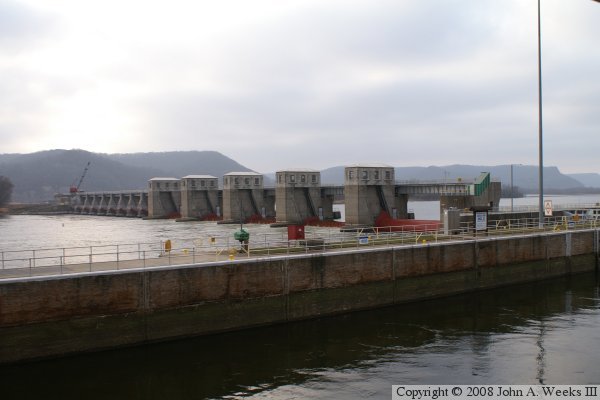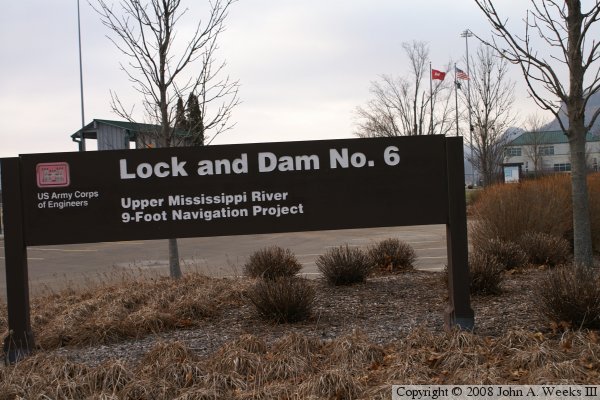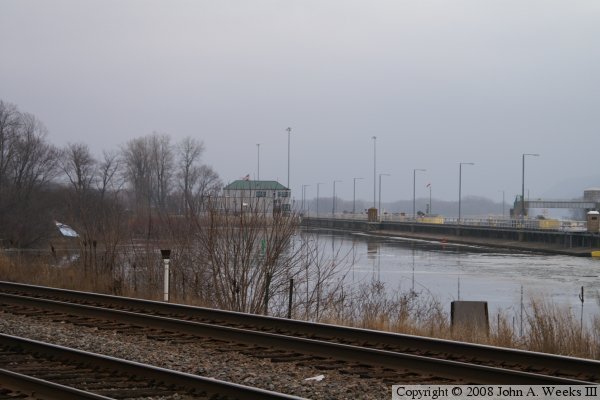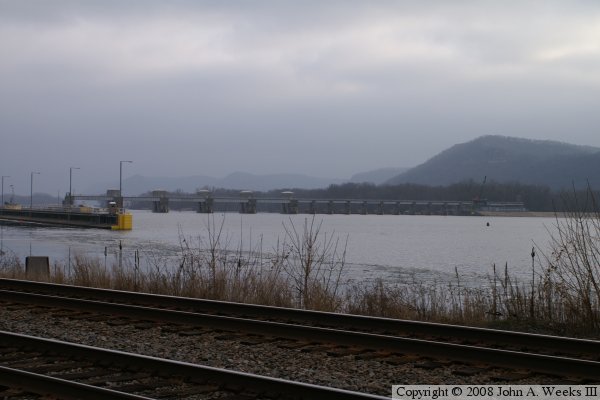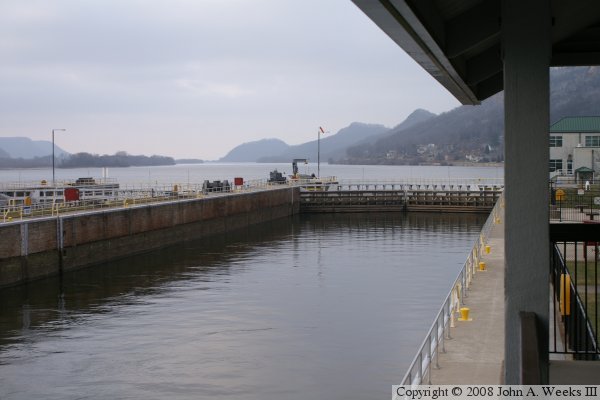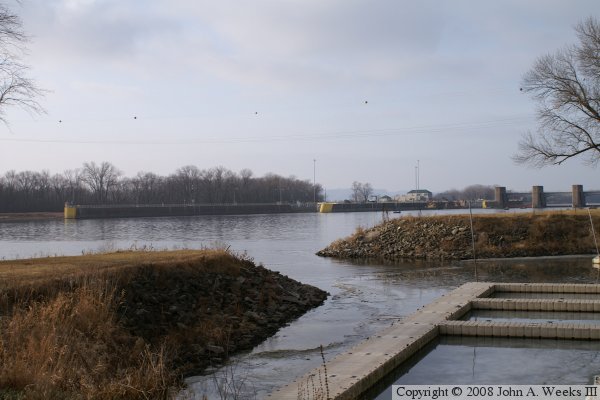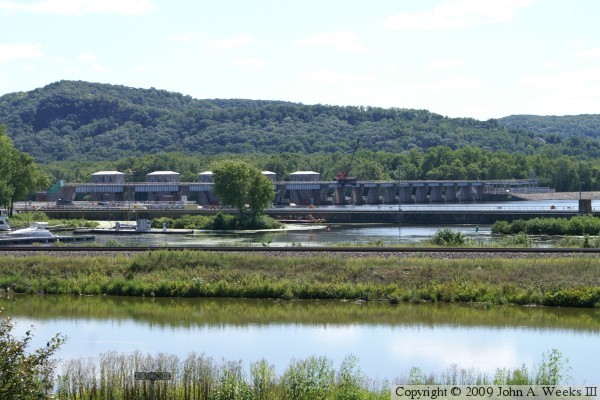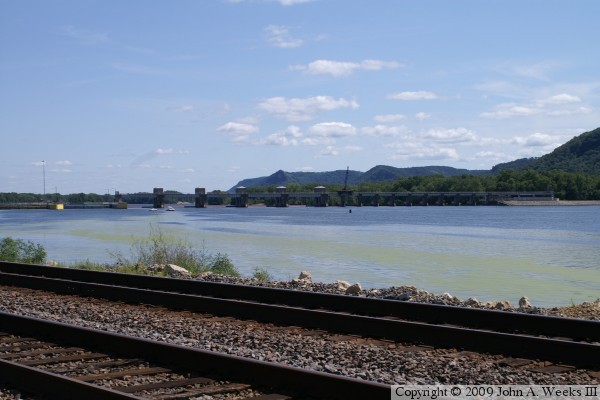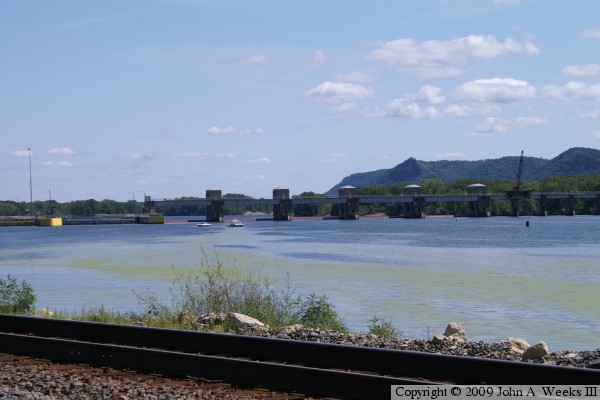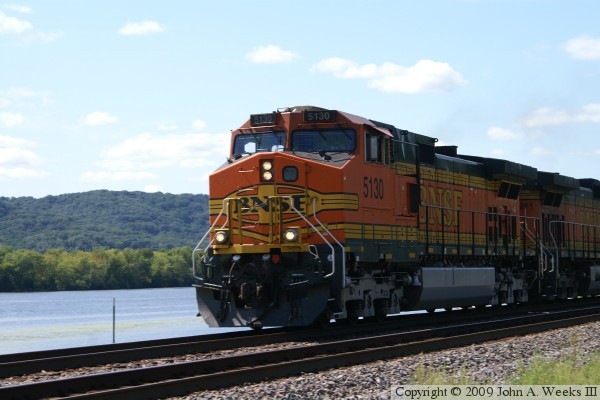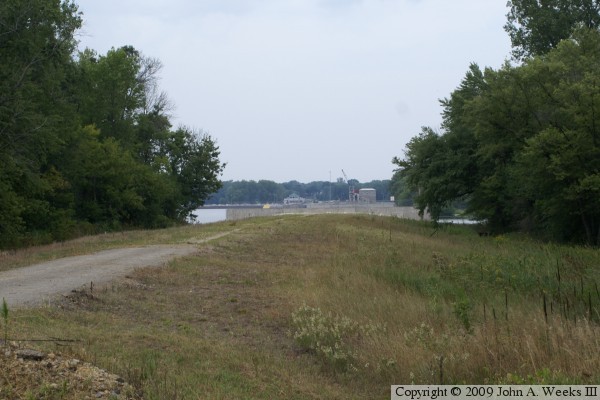Early bulk shipments were transported downriver by rafts. The Congress of the United States authorized a project in the mid-1800's to build a 4-1/2 foot deep channel to accommodate the rafters. This was accomplished by building wing dams, narrowing the river, and speeding up the current. This plan evolved into the 6 foot channel. A river boat could easily navigate the 6 foot channel. The river, however, could not keep a consistent water level, and by mid-summer, the channel would no longer be usable.
The 9-foot channel was authorized in about 1930. Work was sped up because of the need for depression era jobs. Most of the navigation structures were built in the early 1930's and opened in the mid 1930's. Sportsmen in the Trempealeau area fought against the dam, saying it would ruin the river forever. The city favored the dam, hoping it would help the city recapture its former glory. In the end, the project cost just over $5-million in depression era dollars, no industry was attracted to Trempealeau, and the area is known as a sportsman's paradise.

